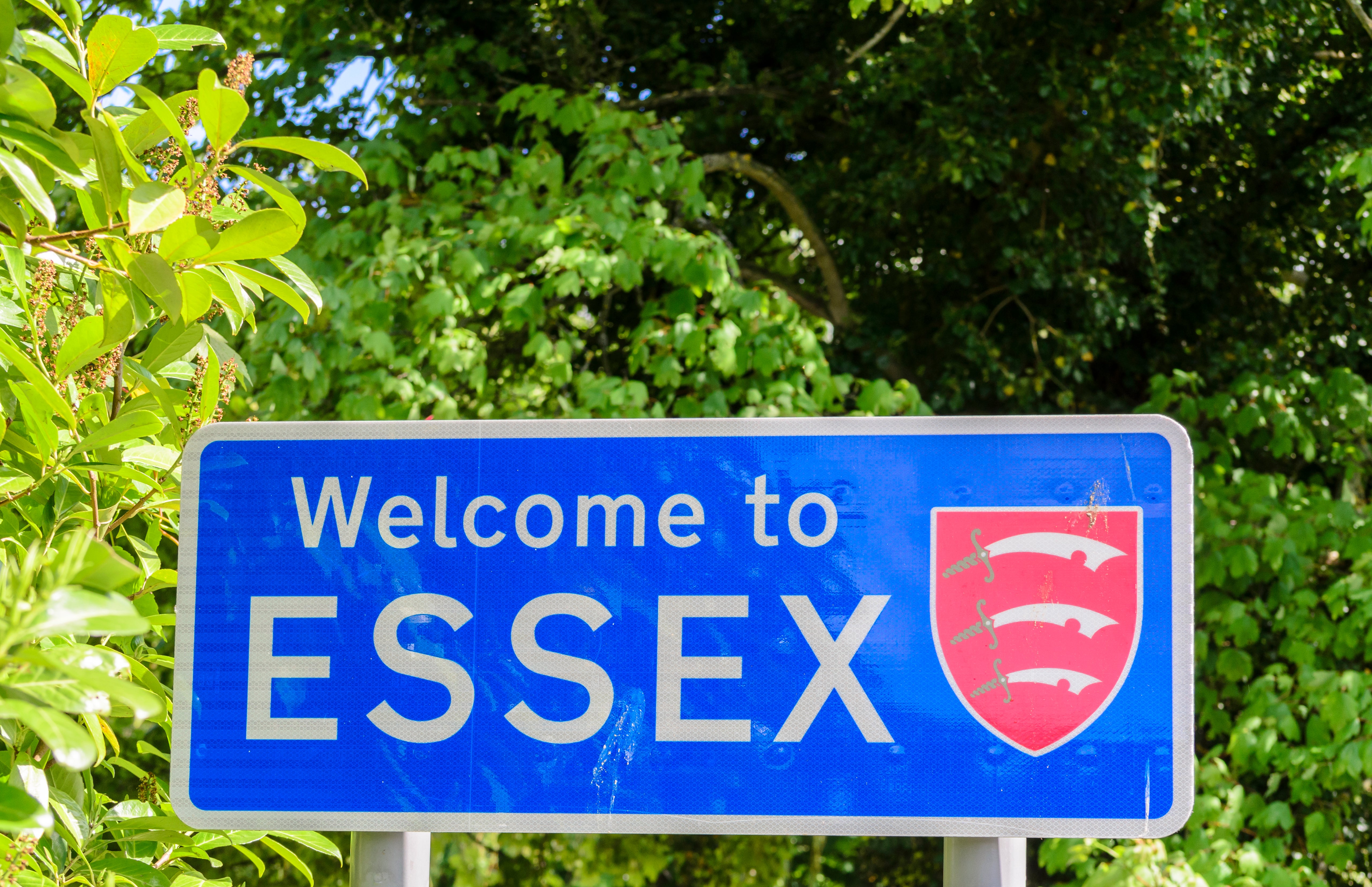Tory MP sparks row over location of his own constituency
Andrew Rosindell, who represents Romford in the London Borough of Havering, dismisses claims his seat is in the capital

Your support helps us to tell the story
From reproductive rights to climate change to Big Tech, The Independent is on the ground when the story is developing. Whether it's investigating the financials of Elon Musk's pro-Trump PAC or producing our latest documentary, 'The A Word', which shines a light on the American women fighting for reproductive rights, we know how important it is to parse out the facts from the messaging.
At such a critical moment in US history, we need reporters on the ground. Your donation allows us to keep sending journalists to speak to both sides of the story.
The Independent is trusted by Americans across the entire political spectrum. And unlike many other quality news outlets, we choose not to lock Americans out of our reporting and analysis with paywalls. We believe quality journalism should be available to everyone, paid for by those who can afford it.
Your support makes all the difference.A Tory MP has sparked a row over the location of his own constituency after insisting the seat is in Essex – while it sits within a London borough.
Andrew Rosindell, who represents Romford in the London Borough of Havering, suggested “historical and geographical boundaries that have existed for centuries” put the seat firmly in the county of Essex.
He said those who referred to Romford as east London because of its location within one of the capital’s 33 boroughs were “mixing up the boundaries of local authorities” with the “historical boundaries of counties”.
“Romford is Essex! Romford has always been part of the County of Essex, never ‘East London’ of which there is no actual definition,” he wrote in a Twitter exchange on Thursday.
Allie Hodgkins-Brown, a BBC editor, responded: “Don’t agree – it hasn’t been part of Essex since 1965. It’s in Havering, a London borough & served by the Met Police.”
Mr Rosindell replied: “The local government changes of 1965 did not take Romford out of the County of Essex, only from under the administration of Essex County Council.
“Romford is Essex and will always be Essex, whatever administrative, organisational or electoral boundaries come and go over time.”
According to British History Online, a digital library based at University of London’s Institute of Historical Research, the boundary of the district of Romford has been altered several times, including in 1937 when it became a municipal borough.
In 1965, Romford was united with Hornchurch to form the London Borough of Havering.
Romford now hosts the borough’s council offices and shares many of London’s public services, including red double decker buses operated by Transport for London, police officers employed by London’s Metropolitan Police force, and paramedics working for the London Ambulance Service.
However local phone numbers – 01708 – differ from the London dialing codes beginning 020.
The Romford row also plays into a wider cultural debate over whether the area’s residents feel a closer attachment to the metropolitan identity of the capital, or suburban or rural communities in neighbouring Essex.
One person on Twitter, whose name was given as Alex Usher, accused the MP of ignoring “every actual definition” of where Romford was now located in favour of historical boundaries.
Speaking to The Independent, Mr Rosindell claimed council workers were pursuing a “corporate agenda” by referring to the area as within London, and accused “certain parts of the media” of “rebranding our towns and communities without our consent”.
“This is a complete non-starter,” he said. “The people who argue about this are completely muddled, they are mixing up the boundaries of local authorities which change, they come and go, they are what they are at the moment but in a few years’ time a government may come in and alter them again.
“Local government boundaries alter constantly, but what never changes is the historical boundaries of counties and they are fully recognised by the government as historic counties.”
The row is a familiar one to many parts of the UK which sit on the border of two distinct regions. Similar debates have taken place over the location of Bromley, Kingston and Ilford – all of which straddle the border between London and neighbouring counties – to name but a few.
Join our commenting forum
Join thought-provoking conversations, follow other Independent readers and see their replies
Comments